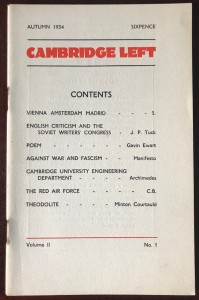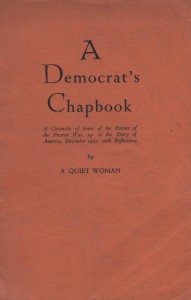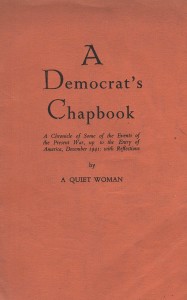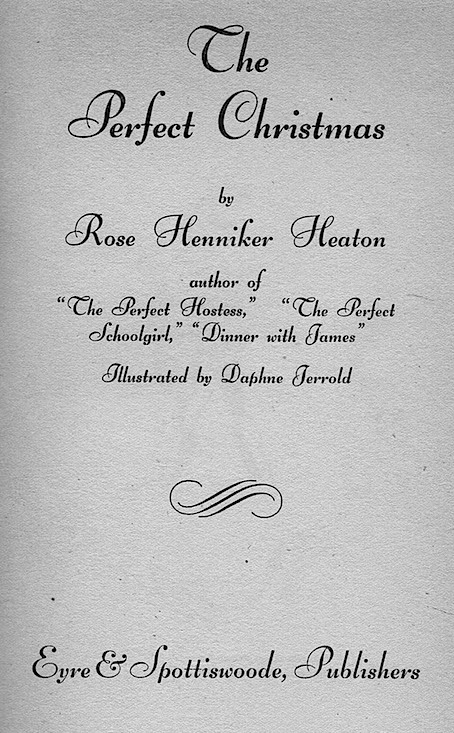 Found in a book on British poets of the 1920s, a page torn from a magazine, possibly a poetry periodical and likely to be from late 1938, when Lascelles Abercrombie died. The poem. in Abercrombie’s honour, is by E.H.W. Meyerstein. Both were minor poets of their time and are now somewhat forgotten. Of the two Meyerstein is probably better remembered, more for his novels which have crime and thriller elements (some bibliomyisteries.) The verse is very much of its time, almost like a parody of the style…there is some pathos in the line ’Sure is his fame..’ The final line is rather fine.
Found in a book on British poets of the 1920s, a page torn from a magazine, possibly a poetry periodical and likely to be from late 1938, when Lascelles Abercrombie died. The poem. in Abercrombie’s honour, is by E.H.W. Meyerstein. Both were minor poets of their time and are now somewhat forgotten. Of the two Meyerstein is probably better remembered, more for his novels which have crime and thriller elements (some bibliomyisteries.) The verse is very much of its time, almost like a parody of the style…there is some pathos in the line ’Sure is his fame..’ The final line is rather fine.
LASCELLES ABERCROMBIE
An intellect acerb, a heart of truth
A faith in Beauty’s life-ensanguined rose,
The courage of a climber above snows,
For stricken womanhood a childlike ruth,
Fancy alert for images uncouth
Whereby to humanize immortal woes
And seize the small shy gentian word that blows
On precipices unobserved by youth:
Unto how few is fate supremely just!
This man, whose visions were poured forth like wine,
Before his death was ranged among his peers.
Sure is his fame, sure as the intrepid gust
That gave us back the grand Marlovian line,
Reincarnating loves of mythic years.



 The identity of the ‘ quiet woman‘ who wrote A Democrat’s Chapbook (1942), a hundred page long commentary in free verse on the events of the Second World War up to the time when America joined the Allied forces, was only revealed when Anne Powell included two passages from it in her anthology of female war poetry, Shadows of War (1999 ). However, those who had read her volume of Georgian verse entitled Songs from the Sussex Downs ( 1915), a copy of which was found in the collection of Wilfred Owen, might have recognised the style as that of ‘Peggy Whitehouse’, whose Mary By the Sea also appeared under this name in 1946. All three books were the work of Mrs Frances Mundy –Castle (1875 – 1959).
The identity of the ‘ quiet woman‘ who wrote A Democrat’s Chapbook (1942), a hundred page long commentary in free verse on the events of the Second World War up to the time when America joined the Allied forces, was only revealed when Anne Powell included two passages from it in her anthology of female war poetry, Shadows of War (1999 ). However, those who had read her volume of Georgian verse entitled Songs from the Sussex Downs ( 1915), a copy of which was found in the collection of Wilfred Owen, might have recognised the style as that of ‘Peggy Whitehouse’, whose Mary By the Sea also appeared under this name in 1946. All three books were the work of Mrs Frances Mundy –Castle (1875 – 1959).





















